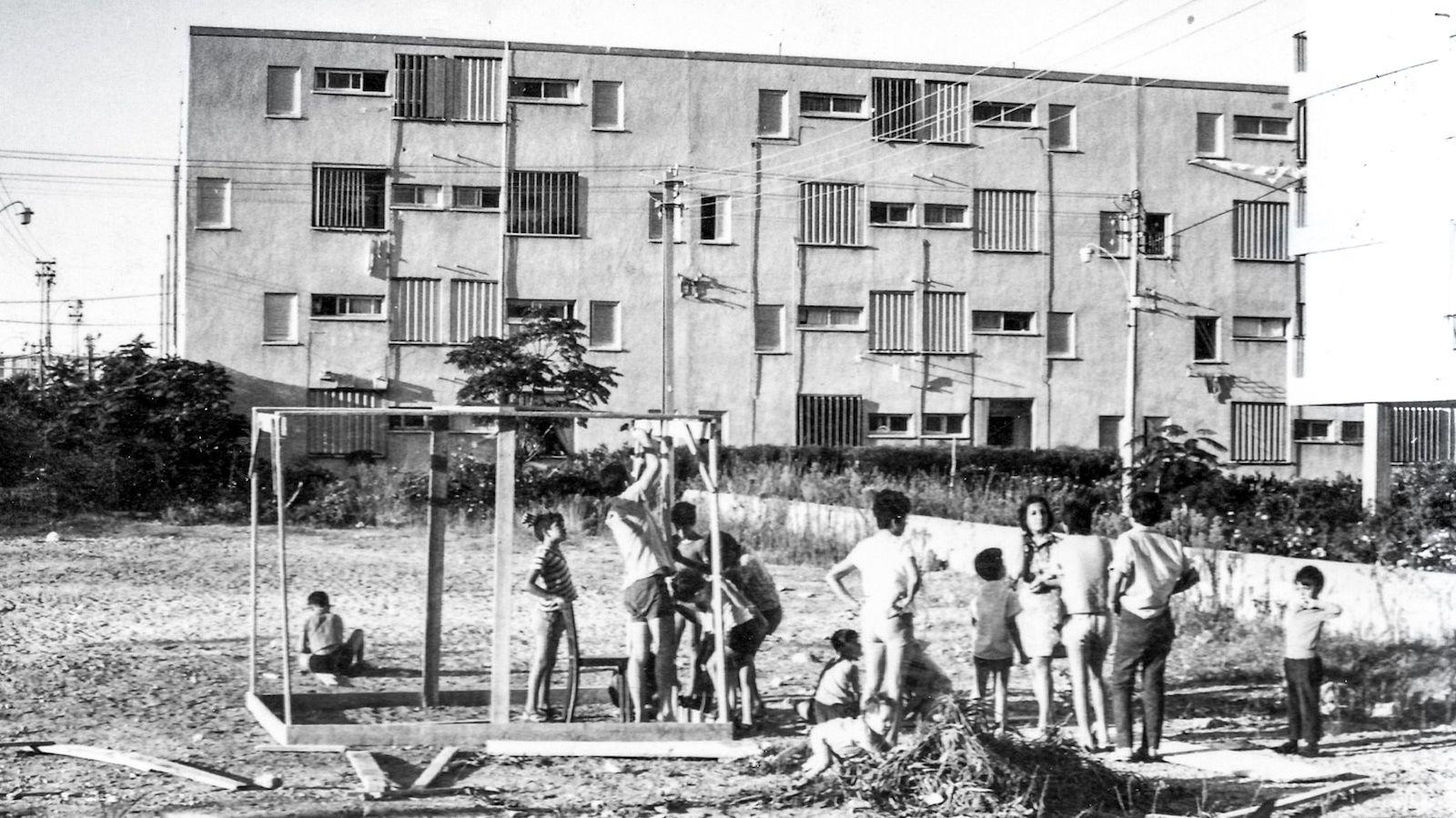The holiday of Sukkot begins on the 15th day of the month of Tishrei. Known in rabbinic literature as Ha-Chag–“the holiday”–the themes of are clearly of high importance in Jewish theology.
This holiday is unique in that it is the only time Jews are instructed to build a structure as part of their observance. Each household traditionally builds or has access to a sukkah, a temporary shelter constructed only for the holiday. Lasting one week, the holiday integrates a wide range of symbols and concepts.
The Sukkah
Most notable is the itself. It is necessary that the sukkah be a temporary structure. Although the sukkah’s origin is in the temporary dwellings in which agricultural workers would reside during the hectic autumnal harvest season, Judaism has identified these huts with the dwellings of the biblical Israelites as they wandered in the desert for 40 years after the exodus from Egypt. In this manner, these temporary dwellings return us to a different time in our development and remind us of our journey to nationhood.
While traveling in the desert, the Israelites were not wandering aimlessly from place to place. As a young Jewish nation, they were trustingly following God as they ventured forth. Dependant entirely on God for food, safety, and direction, Sukkot is viewed as a beautiful and joyous time of bonding and loyalty between Jews and God. The flimsy sukkah structures return today’s Jews to this time in their history and to a celebration of devotion and dependence on God, who nurtures and cares for human beings.

Help us keep Jewish knowledge accessible to millions of people around the world.
Your donation to My Jewish Learning fuels endless journeys of Jewish discovery. With your help, My Jewish Learning can continue to provide nonstop opportunities for learning, connection and growth.
The Harvest
The sukkah is traditionally decorated with varieties of fruit. The fruit reminds us of the annual fruit harvest that was celebrated at this time. The commands that on Sukkot, one of the three pilgrimage holidays, all Israelites were to bring their first fruit harvest to a national assembly. During Temple times the nation would gather together at the Temple to celebrate the harvest. Thus, once again ancient Israelites were traveling and dwelling in temporary homes.
There is also a commandment in the Torah for each person to take the fruit of a “goodly tree,” later interpreted as a fruit called an etrog (citron). Along with this fruit, one must collect certain tree branches and rejoice before God. We therefore take a palm branch and connect to it myrtle twigs and willow branches. There are beautiful narratives in rabbinic literature that discuss the symbolic images of the etrog and lulav (as the combination of the palm, myrtle, and willow is collectively known). They include parallels to the Jewish matriarchs and patriarchs as well as to the body and soul of each individual Jew.
One of the more poignant images is viewing the and as symbolic of different Jews within our community, each of value yet each expressing their Judaism differently. On Sukkot we symbolically unite all these Jews together and celebration that although as individuals we are so different, as a nation we are unified. We joyously share our celebration with God.
Another name for the holiday of Sukkot is zeman simchateinu, “the time of our rejoicing.” Clearly one rejoices over the harvest just completed, but more than that, there is a sense of priorities that are being established through the images of the holiday.
A Respite from Materialism
Dwelling in a sukkah forces us to remove ourselves from the materialistic things that normally fill our environment. Most people try to fill their homes with the most beautiful and expensive articles within their reach. We surround ourselves day to day with our materialistic accomplishments and dwell in their midst. Sukkot forces us to leave those behind and return to a much simpler, almost nomadic existence. Our priorities refocus onto affirmations of nationhood and spirituality while we are reminded how fleeting wealth can be.
Sukkot returns us to a time in Jewish history when the entire nation was homeless and wandering. In the desert, the ancient Israelites often asked neighboring nations for assistance in their travels, but were often turned down. To show that we have learned form the travails of the past, it is traditional to invite others to share a meal in our sukkah as we remember how central compassion must be in a world where material things so easily come and go.
In a modern world it can sometimes be difficult to remember how dependent each part of nature is on the other. The holiday of Sukkot reinforces the notion that all of nature relies on a relationship with the Divine Creator and that humanity must play its part in securing favorable decrees and harmony within nature. From the individual to the community to the world at large, the holiday of Sukkot broadens our perspectives and reminds us to check our priorities.



